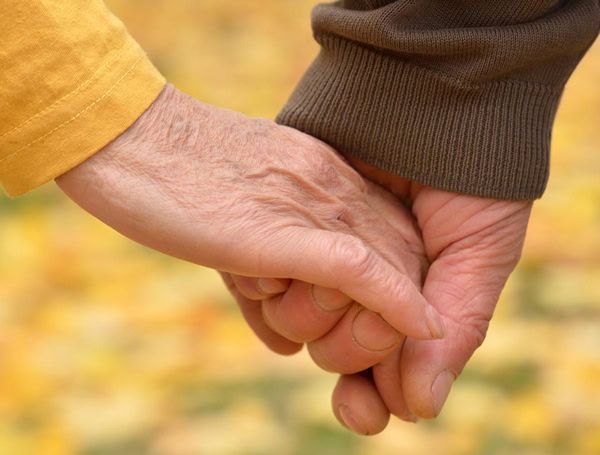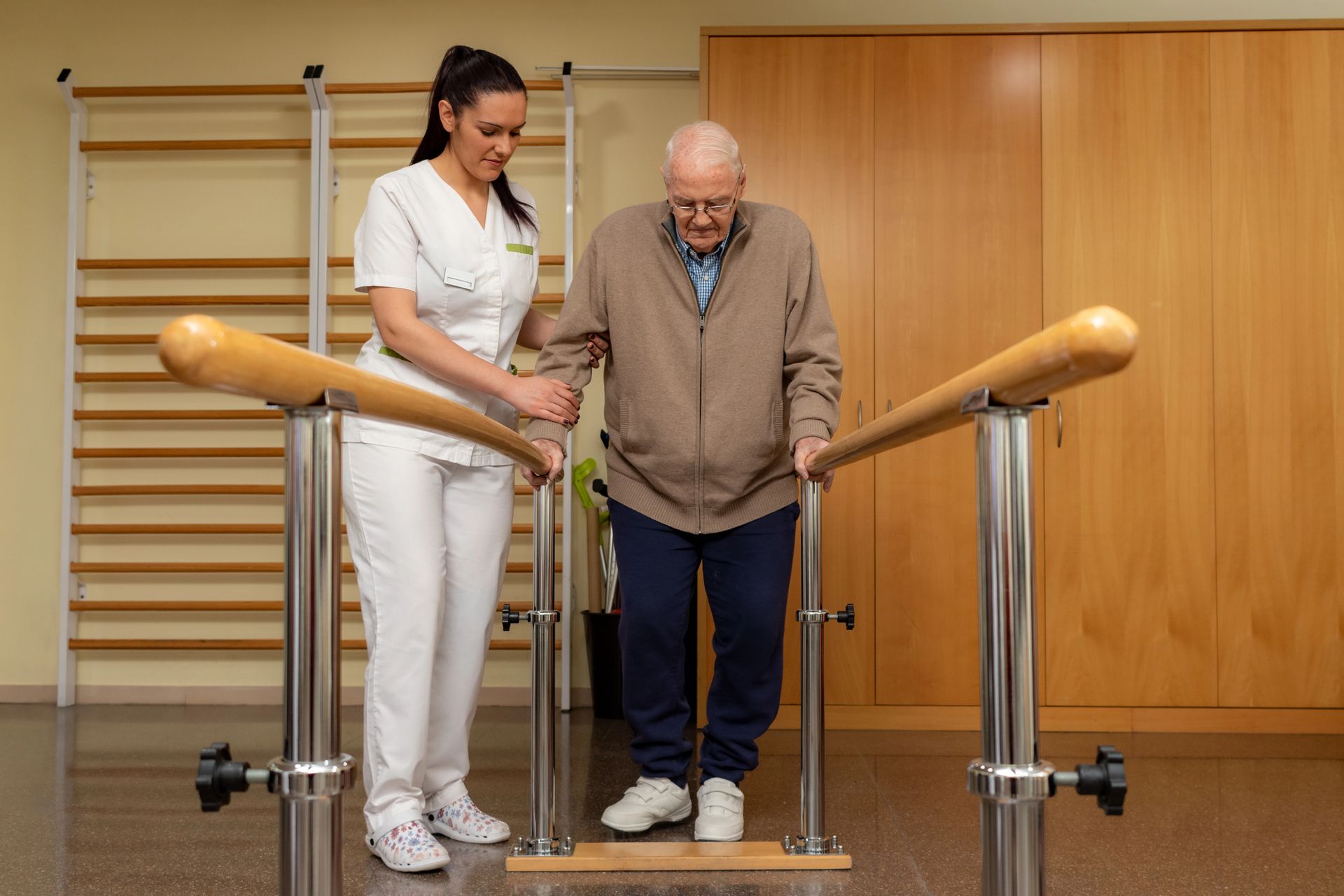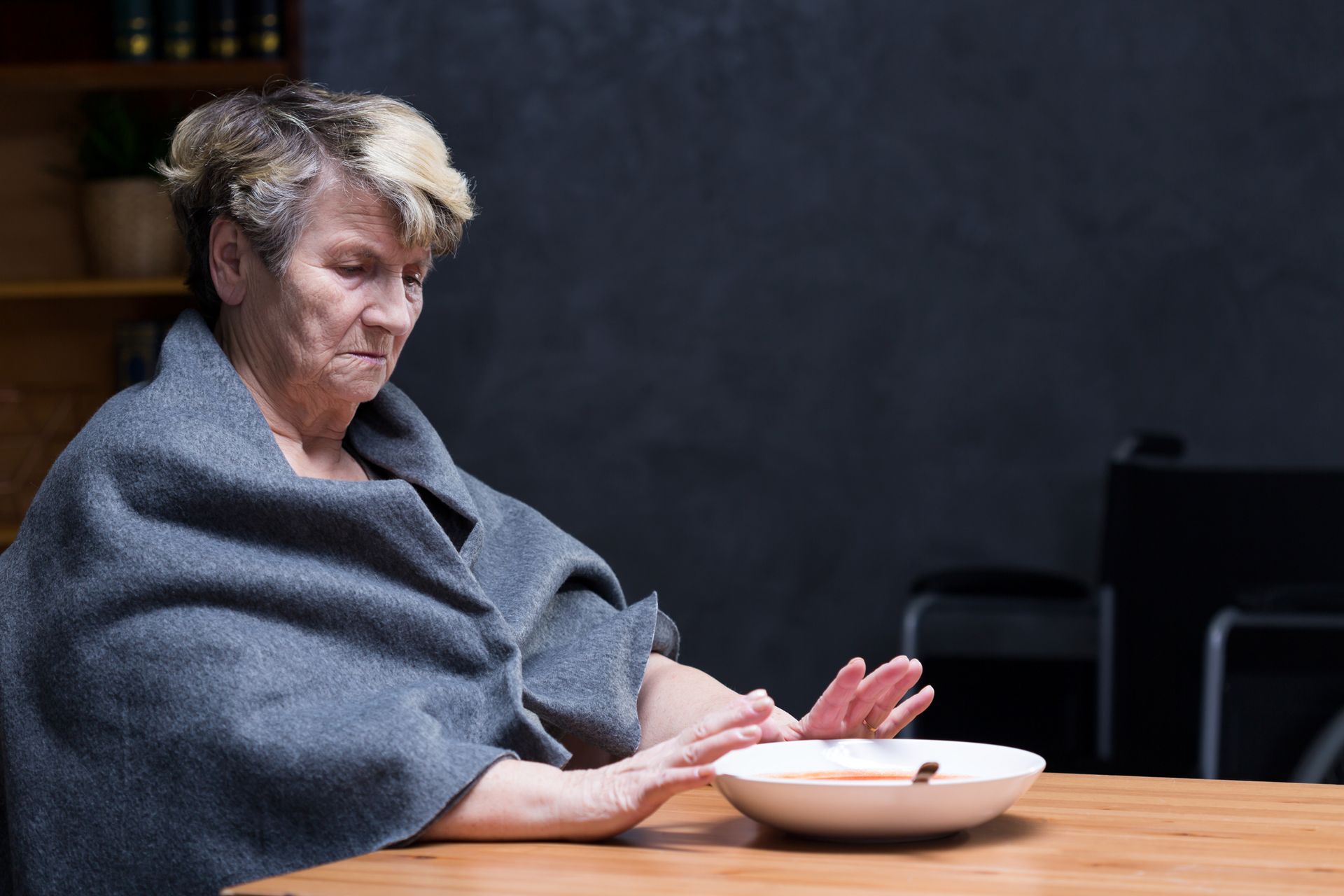Managing Balance Disorders in Seniors: Causes, Symptoms, and Solutions
Balance disorders in seniors can lead to serious falls and injuries. Understanding these disorders is key to managing and preventing them. This article discusses the causes, symptoms, and treatments for balance issues in older adults, helping you stay informed and proactive in care.
Key Takeaways
- Balance disorders in older adults are complex, stemming from age-related factors, medical conditions, and external influences, affecting their independence and quality of life.
- Common symptoms include dizziness, vertigo, and unsteadiness, which can lead to anxiety and social isolation, emphasizing the need for early recognition and intervention.
- Effective management of balance disorders involves a combination of physical therapy, lifestyle changes, and preventive measures to reduce fall risks and enhance overall well-being.
Understanding Balance Disorders
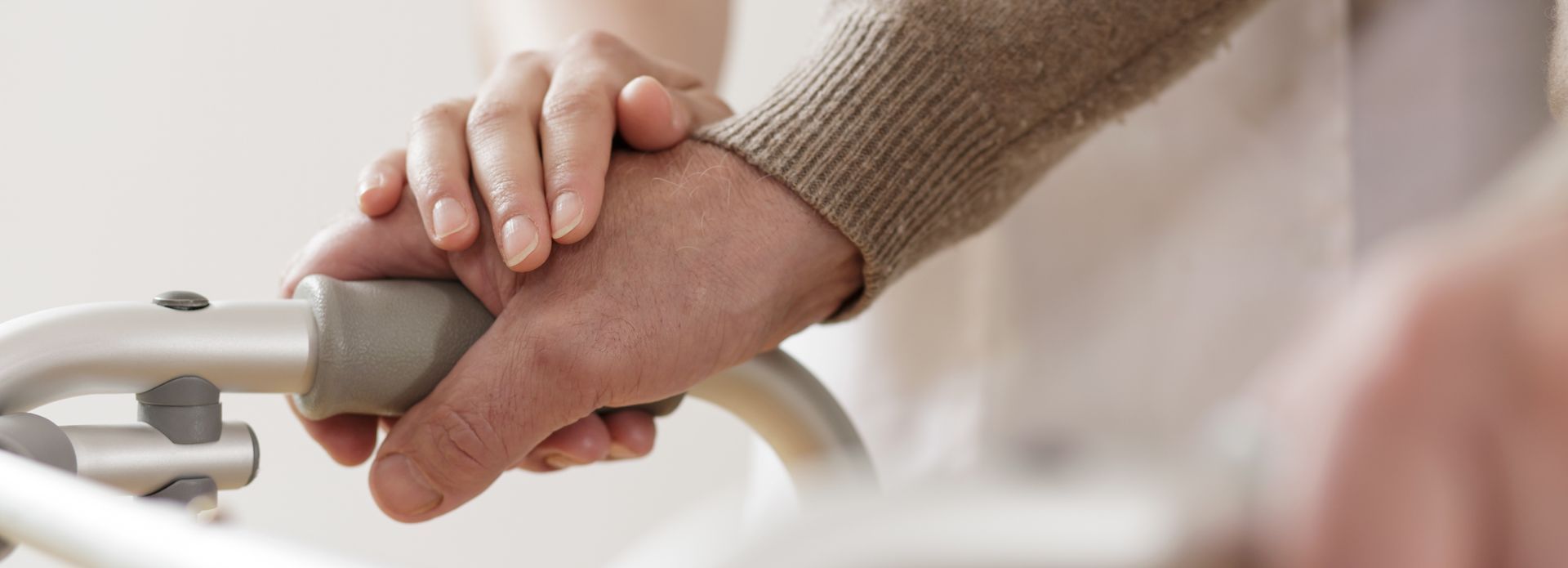
Balance disorders are more than just occasional dizziness; they encompass a range of issues that affect balance control and spatial orientation. Balance refers to our body’s ability to maintain control and stability, which is crucial for older adults striving to maintain their independence. The vestibular system in the inner ear plays a pivotal role in this process, sending signals to the brain to help manage the body's movements and stability. As we age, the number of nerve cells in the vestibular system diminishes, increasing the risk of balance problems and ear disorders.
Maintaining balance is a complex task that involves the interplay of various systems within the body. The vestibular system, visual input, and sensory input from proprioceptors (which detect body positioning) all work together to keep us upright and stable. Neurological disorders, such as Parkinson’s disease, can severely impact balance and coordination, further complicating the issue of maintaining balance for older persons. Understanding these intricacies helps us in recognizing why balance issues become more prevalent with age, how important it is to a person's safety to recognize them, and the crucial role the vestibular function.
Normal balance function relies on multiple systems working in harmony: vision, the nervous system, muscles, and the inner ear. Any disruption in these systems can lead to balance loss and difficulties. For instance, visual impairments can affect spatial orientation, while muscle weakness can impair postural stability. Factors like medication side effects and chronic health conditions also play a significant role in balance problems among older adults.
Understanding the fundamental aspects of balance helps us appreciate the challenges faced by those with balance disorders. This knowledge lays the groundwork for exploring common causes, symptoms, and solutions for balance problems in adults as they age.
Common Causes of Balance Problems in Older Adults
Balance problems in older adults can stem from a myriad of sources, often resulting from a combination of age-related factors, medical conditions, and external influences. Neurological conditions, including inner ear problems, are significant contributors to balance disorders. For instance, conditions like benign paroxysmal positional vertigo (BPPV) occur when debris in the inner ear disrupts balance signals, leading to dizziness and imbalance.
Age-related decline is another critical factor affecting balance. These include:
- A decrease in the number of hair cells in the inner ear responsible for balance as we age, leading to increased balance difficulties.
- Peripheral neuropathy, a common condition in older adults, which affects the nerves in the body's extremities and can severely impact balance control.
- Low blood sugar levels, which can cause dizziness and contribute to balance issues.
Medications also play a significant role in balance problems. Certain medications, especially those affecting the vestibular system, can disrupt balance and spatial orientation. Healthcare providers should regularly review medication regimens for elderly patients to minimize potential side effects related to balance. Maintaining adequate vitamin D levels is crucial, as deficiencies are linked to balance issues and increased fall risks.
Understanding these common causes helps us appreciate the complexity of balance disorders in older adults. It also underscores the importance of comprehensive medical evaluations to identify and address the underlying medical conditions contributing to balance issues.
Symptoms of Balance Difficulties
Recognizing the early signs of balance difficulties is crucial for early intervention and management. Older adults may experience dizziness, nausea, and unsteadiness as common indicators of balance problems and associated symptoms. These symptoms can vary in severity and frequency, often leading to significant discomfort and anxiety.
One of the hallmark symptoms of balance disorders is vertigo, a spinning feeling that can be both alarming and debilitating. This sensation often results from inner ear problems and can significantly affect daily activities. Changes in the body’s proprioception, often due to aging, can also lead to an increased risk of falls. Proprioception is the body’s ability to sense its position and movement, and when this ability is impaired, balance control becomes challenging.
Identifying these symptoms early allows for timely medical intervention and the implementation of strategies to manage and improve balance. Addressing both the physical and psychological aspects of balance disorders ensures comprehensive care and support.
Impact on Quality of Life
Balance issues significantly elevate the likelihood of falls among older adults, which can lead to serious injuries and greater health problems. These injuries not only hinder mobility but can also diminish an individual’s sense of independence. Long-term balance problems can result in increased dependence on caregivers and a reduction in life satisfaction.
The impact of balance disorders extends beyond physical injuries. Feelings of fear or anxiety can arise as a secondary response to balance issues, further affecting the quality of life. Older adults may avoid social and physical activities due to the fear of falling, leading to social isolation and a decline in overall well-being.
Assistive devices like canes or walkers can enhance mobility and independence when used appropriately. However, relying on these devices can also signify a loss of autonomy for some individuals, affecting their self-esteem and confidence. Addressing balance disorders promptly may prevent a decline in overall quality of life and promote sustained independence.
Regularly assessing one’s fall risk with a healthcare professional can lead to personalized recommendations for dietary adjustments, physical activity and mobility aids. Understanding and addressing the impact of balance disorders on an aging adult can improve their overall quality of life.
Diagnosing Balance Disorders
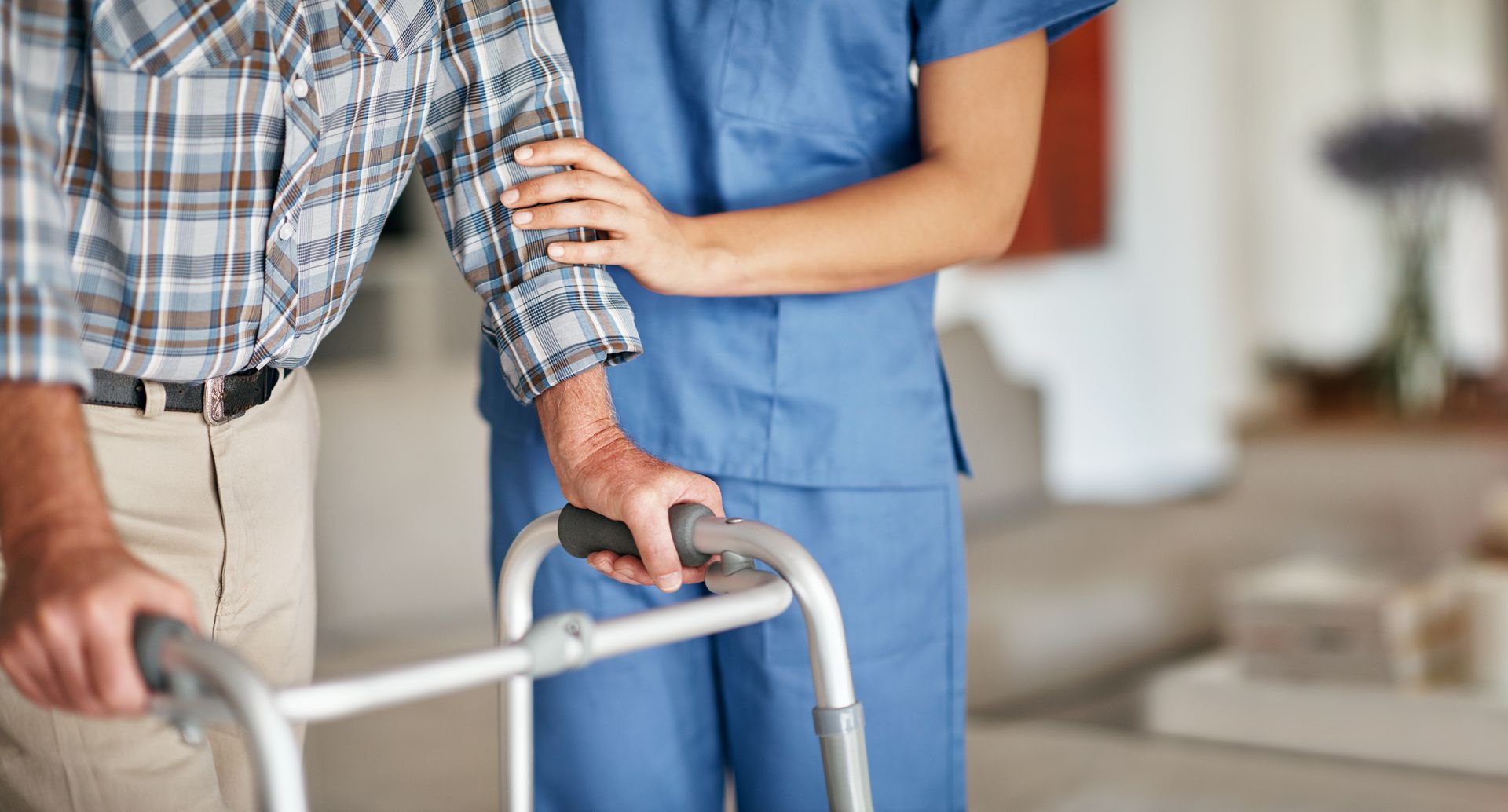
Diagnosing balance disorders involves a comprehensive assessment of the individual’s balance control and spatial orientation. The Berg Balance Scale is a standardized tool used for this purpose, evaluating a person’s balance through 14 specific tasks. Initially created for individuals over 65 and those who have experienced a stroke, the Berg Balance Scale is particularly relevant for older persons.
Scores on the Berg Balance Scale range from 0 to 56, with lower scores indicating a higher risk of balance issues. A score between 0 and 20 suggests that a person may require a wheelchair for safe mobility, highlighting the severity of their balance problem. After completing the Berg Balance test, healthcare providers discuss the scores with patients to outline potential next steps in diagnosis or treatment.
In addition to the Berg Balance Scale, other diagnostic tools and procedures may be employed:
- Evaluating the vestibular system’s function
- Assessing visual input
- Examining proprioceptive feedback
- Identifying underlying neurological conditions, such as multiple sclerosis or Parkinson’s disease, to provide insights into the cause of balance difficulties.
Diagnosing balance disorders accurately is essential for developing effective treatment plans. It allows healthcare professionals to tailor interventions to the specific needs of the individual, enhancing their balance control and overall quality of life.
Treatment Options for Balance Disorders
Treating balance disorders requires a multifaceted approach, often involving physical therapy, medication, and lifestyle changes. Conditions like benign paroxysmal positional vertigo (BPPV), where debris in the inner ear disrupts balance signals, can be treated with maneuvers like the Epley maneuver to reposition inner ear crystals. Peripheral vestibular disorders, such as labyrinthitis and neuronitis, may require medication and rehabilitation to manage symptoms.
Physical therapy is a cornerstone of treatment for balance disorders. It aims to improve balance by enhancing strength, coordination, and stability in older adults. A physical therapist can provide vestibular rehabilitation therapy specifically designed to address balance issues related to the inner ear, providing targeted exercises to improve balance control and reduce dizziness.
Engaging in exercises like Tai Chi, dance, and yoga can also enhance stability and decrease fall risks, when done under proper supervision. These activities promote balance and spatial orientation while improving overall physical fitness.
If the balance disorder is being treated as part of skilled stay at Cedar Hill, that stay will include clinical coordination with medical providers, skilled nursing, and other rehabilitation and recreation programs to enhance the well-being and recovery of the patient.
Addressing balance disorders through a combination of medical treatment, physical therapy, and lifestyle changes can significantly improve balance and reduce the risk of falls. It’s essential to tailor treatment plans to the individual’s needs, ensuring a holistic approach to managing balance problems.
Preventive Measures and Lifestyle Changes

Preventing balance problems involves a proactive approach, focusing in part on:
- Exercise programs, such as Tai Chi, which have shown effectiveness in reducing falls among the elderly by improving balance and coordination.
- Home modifications.
- Proper footwear.
Regular physical activity promotes muscle strength and muscle mass, enhancing overall balance control.
Home modifications are another crucial aspect of prevention. These include:
- Removing hazards such as loose rugs
- Ensuring proper lighting to create a safer living environment for the elderly
- Using properly fitted footwear with low heels and firm soles to aid in preventing falls on slippery surfaces and uneven surfaces
- Adding in hand rails and other similar devices to the home environment
To help reduce dizziness and balance issues:
- Regularly review medications with healthcare providers to ensure they do not contribute to balance problems.
- Monitor certain medications, especially those affecting the vestibular system, as they can disrupt balance.
- Maintain adequate blood pressure and blood sugar levels.
Preventive measures are vital for maintaining balance and avoiding falls. Lifestyle changes and a safer home environment can enhance the quality of life for older adults and reduce the risk of balance-related injuries.
Role of Cedar Hill Continuing Care Community
Cedar Hill Continuing Care Community, located in Windsor, Vermont, emphasizes a person-centered approach to senior care, ensuring that care is tailored to the individual needs and preferences of each resident. Their professional staff is dedicated to providing compassionate and individualized care, which is essential for supporting residents with balance issues.
Cedar Hill offers a continuum of care that includes:
- Independent and assisted living
- Short-stay rehabilitation
- Skilled nursing care
- Memory care
- Comfortable and dignified end-of-life care
This comprehensive range of services ensures that residents receive the appropriate level of care as their needs change over time.
The community provides:
- Clinical coordination
- Skilled nursing care
- Physical therapy
- Occupational therapy
- Cognitive therapy
- Speech therapy
- House calls from doctors and specialists
These services are designed to enhance the overall well-being of residents, addressing both the physical and psychological aspects of balanced balance disorders.
Families are encouraged to schedule tours or speak with advisors to understand how Cedar Hill can support their loved ones with balance challenges.
Summary
Understanding and managing balance disorders in the elderly is crucial for maintaining their independence and quality of life. Balance issues, caused by a combination of age-related factors, medical conditions, and medications, significantly elevate the risk of falls and injuries. Recognizing the symptoms, such as dizziness and vertigo, allows for early intervention and management.
The impact of balance disorders extends beyond physical injuries, affecting the psychological well-being and social participation of aging individuals. Diagnosing balance disorders accurately through tools like the Berg Balance Scale helps in developing effective treatment plans. Treatment options, including physical therapy, vestibular rehabilitation, and exercises like Tai Chi, can significantly improve balance and reduce fall risks.
Preventive measures, such as exercise programs, home modifications, and proper footwear, are essential for maintaining balance and avoiding falls. Cedar Hill Continuing Care Community supports seniors with balance disorders through personalized care and comprehensive services.
By understanding the complexities of balance disorders and implementing practical solutions, we can enhance the quality of life for elderly individuals, helping them remain safe, independent, and engaged in their communities.
Frequently Asked Questions
What are common causes of balance problems in older adults?
Balance problems in older adults commonly stem from age-related decline, inner ear issues, neurological conditions, and certain medications, all of which can impair balance control and spatial orientation. Recognizing these causes is essential for effective management and support.
What are the symptoms of balance difficulties?
Symptoms of balance difficulties encompass dizziness, vertigo, faintness, nausea, unsteadiness, and altered proprioception, all of which significantly elevate fall risk and anxiety. Addressing these issues promptly is crucial for safety and well-being.
How are balance disorders diagnosed?
Balance disorders are diagnosed through assessments such as the Berg Balance Scale, which evaluates balance through specific tasks, alongside examinations of the vestibular system, visual input, and proprioception. These comprehensive evaluations help establish the underlying causes of the disorder.
What treatment options are available for balance disorders?
Effective treatment options for balance disorders consist of physical therapy, vestibular rehabilitation, and exercises such as Tai Chi, along with potential medications and lifestyle adjustments to manage symptoms.
How does Cedar Hill Continuing Care Community support residents with balance disorders?
Cedar Hill Continuing Care Community supports residents with balance disorders through personalized care that includes clinical coordination, skilled nursing, and tailored rehabilitation programs. This comprehensive and compassionate approach effectively addresses the unique needs of each resident.


